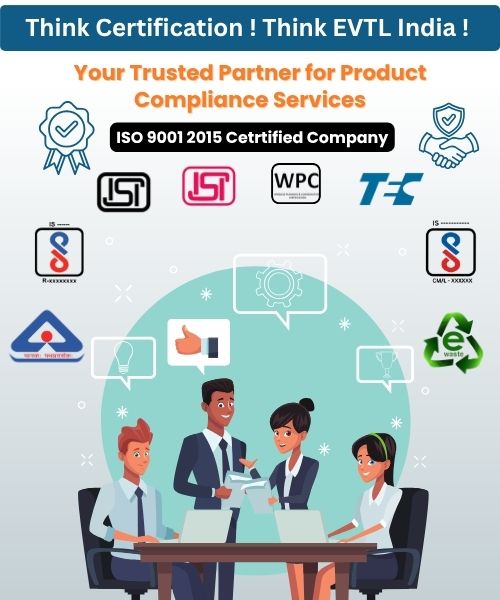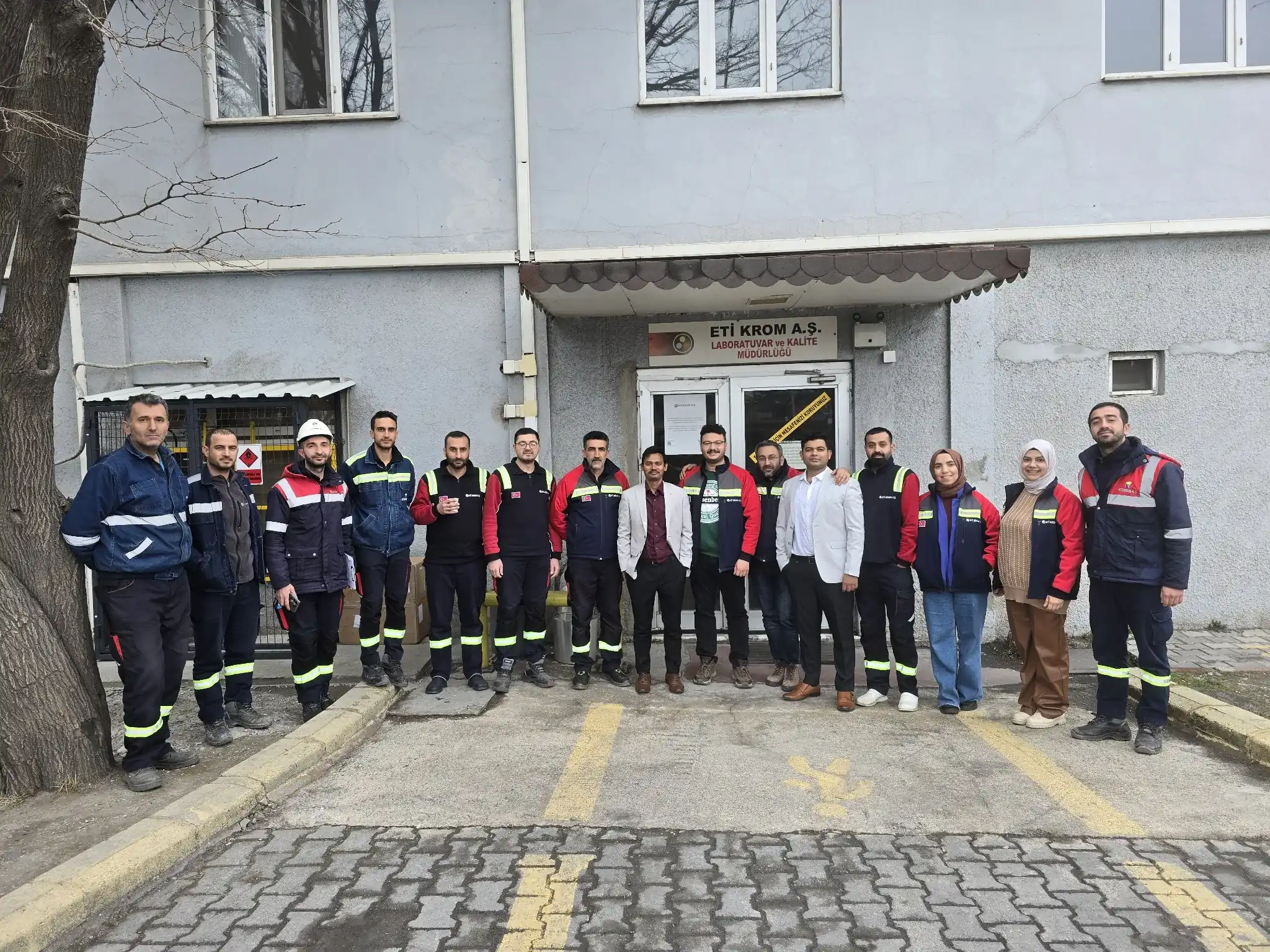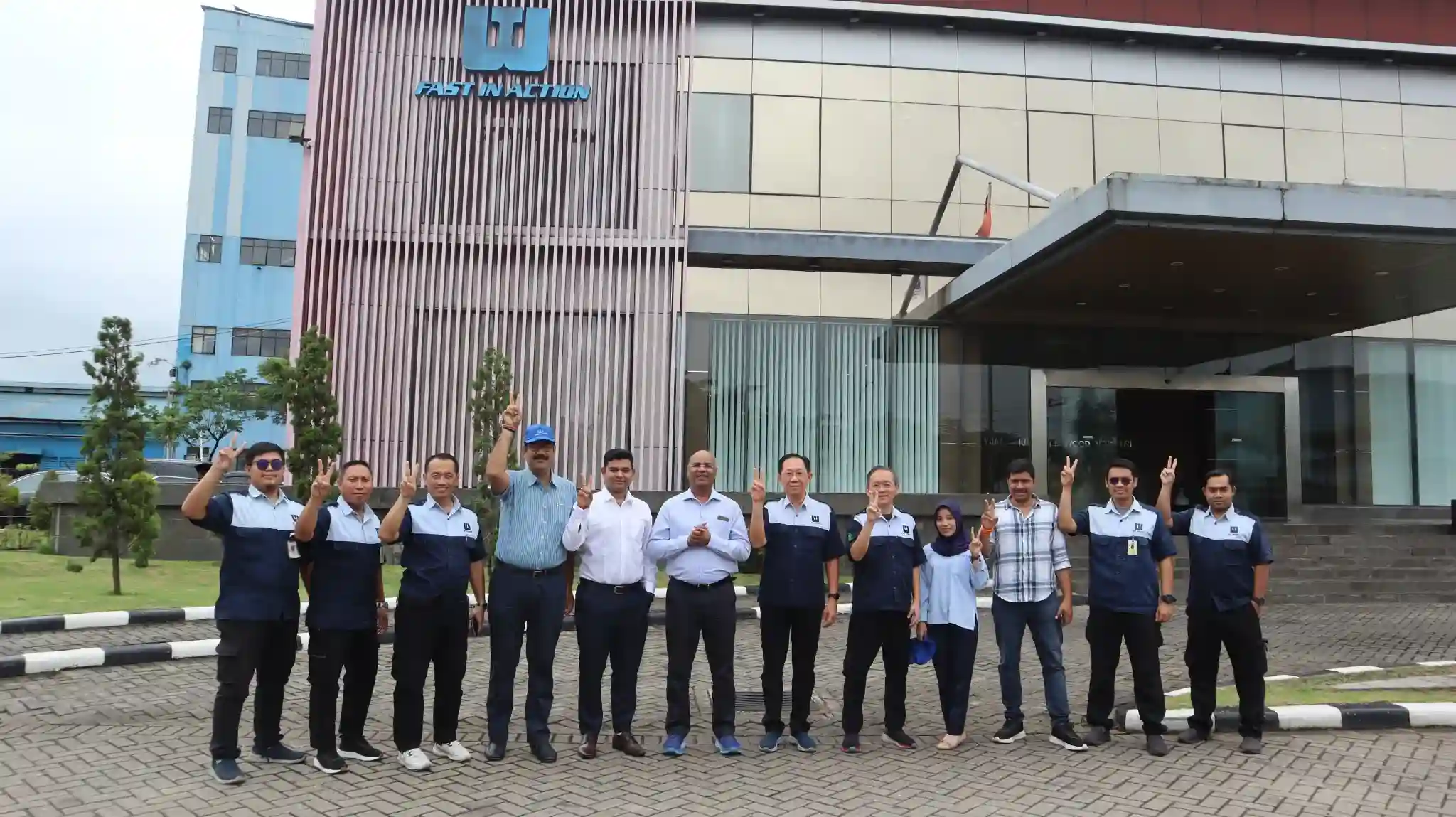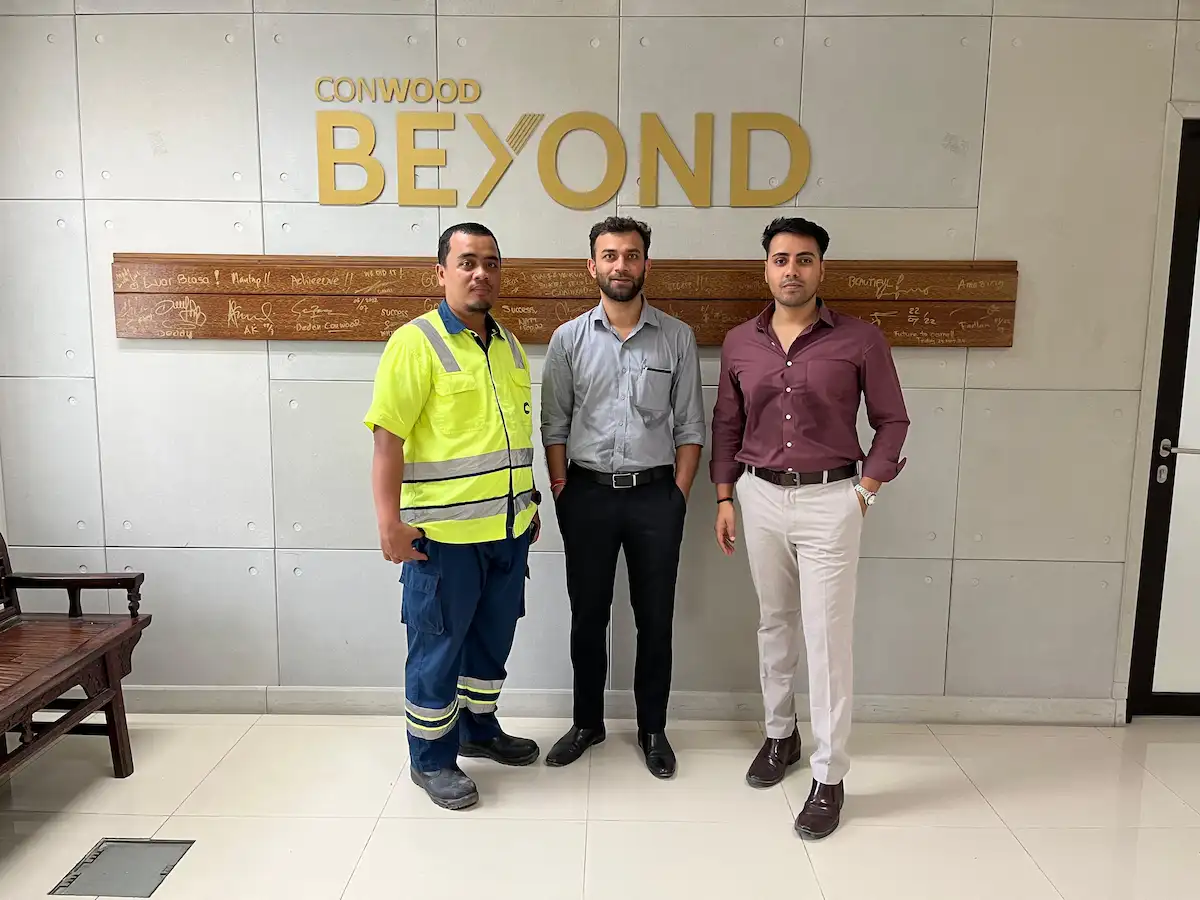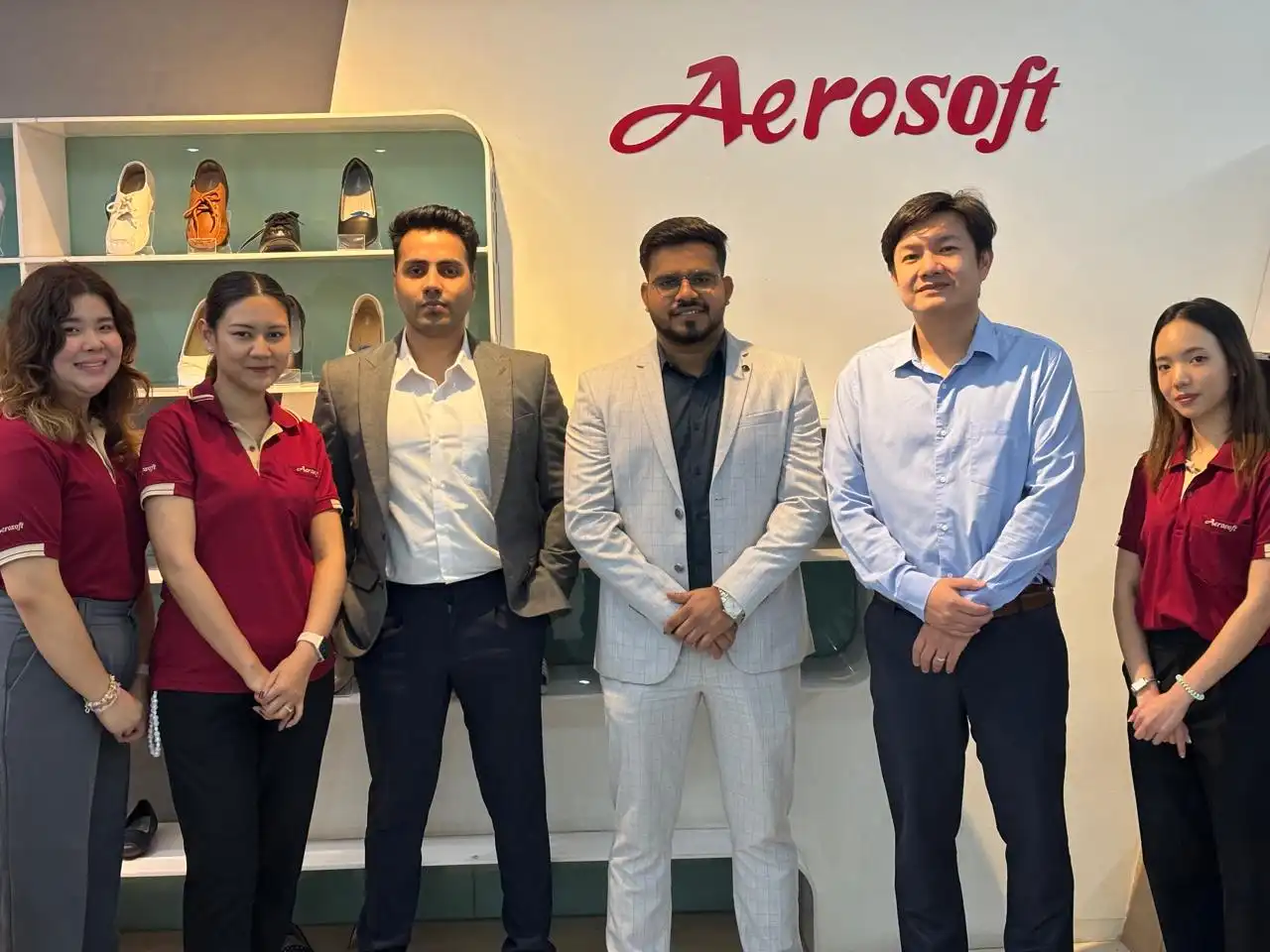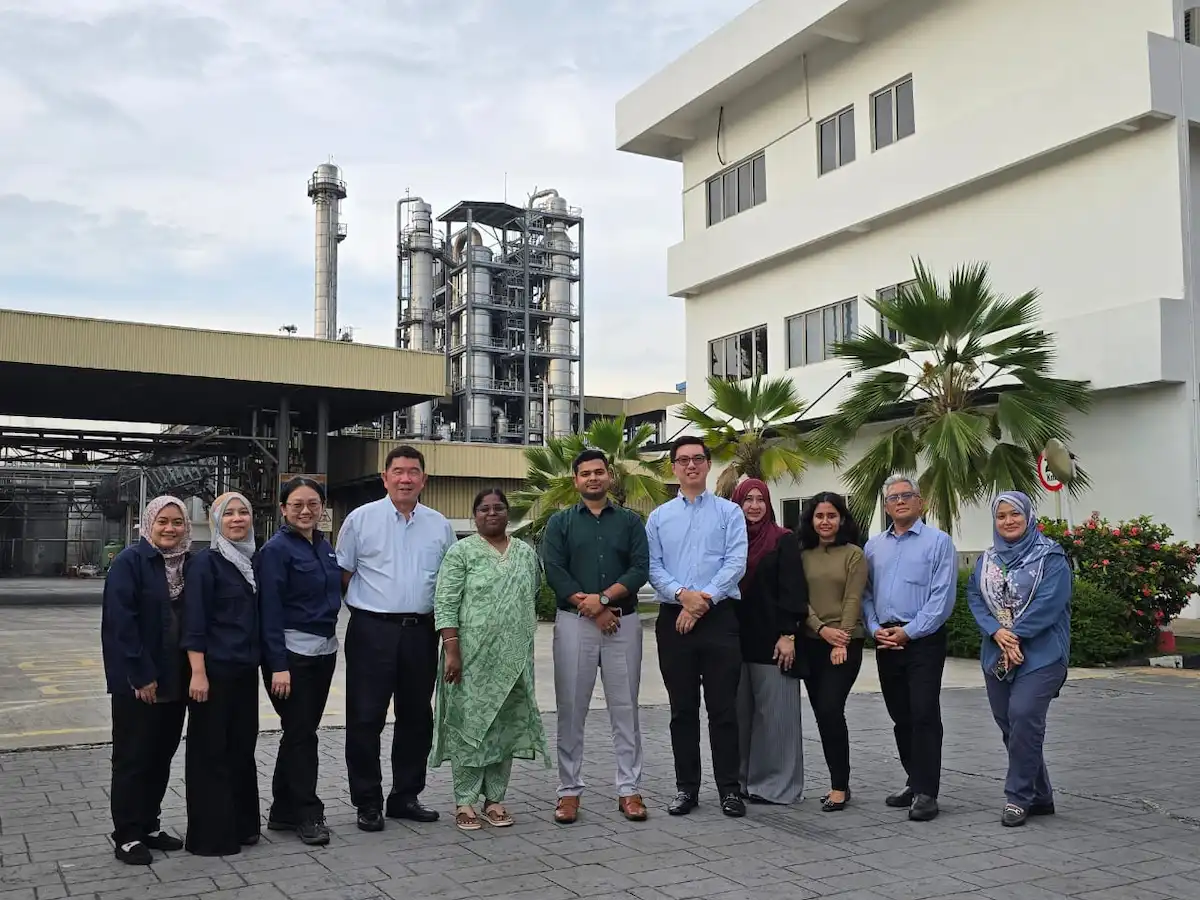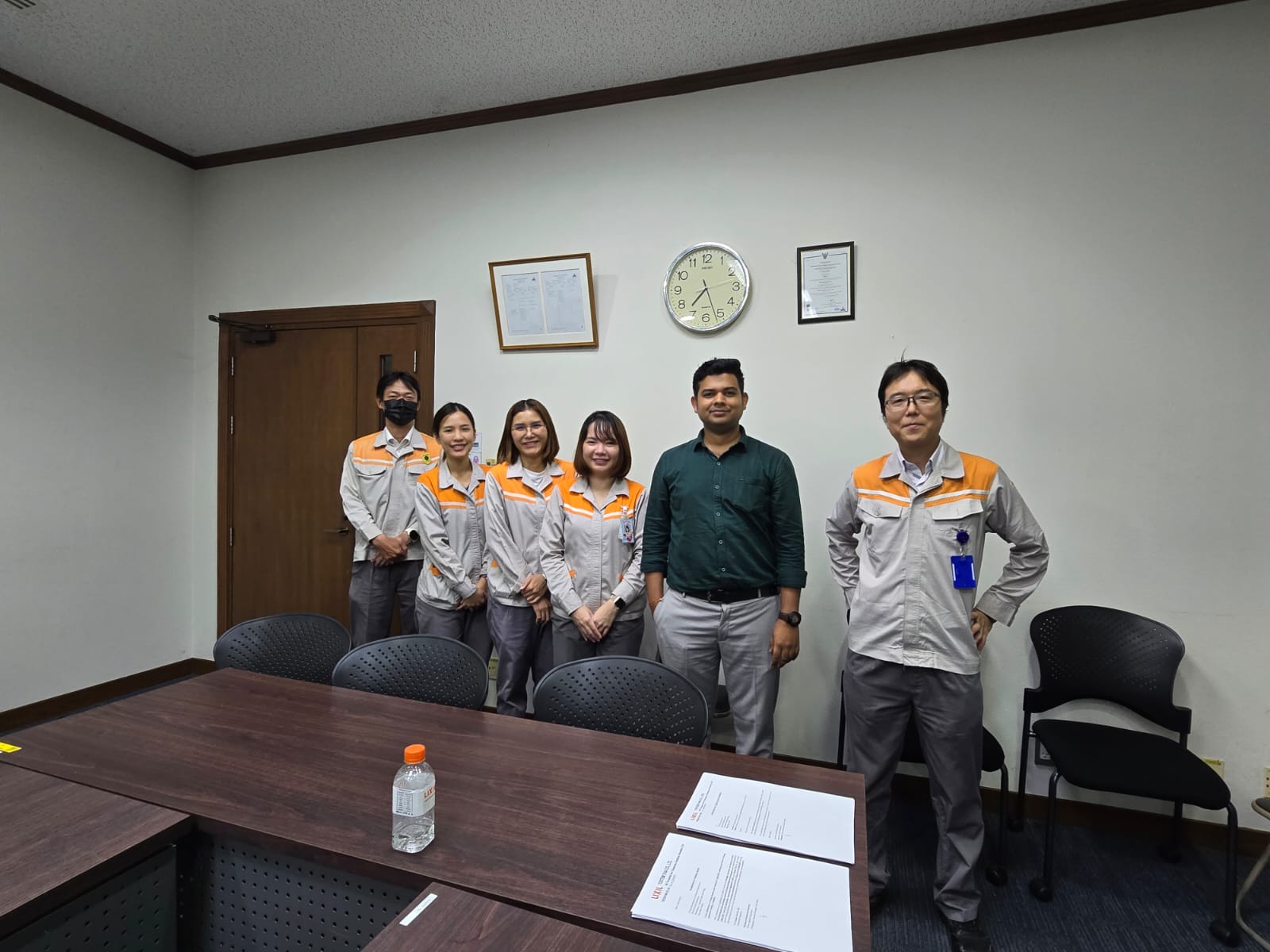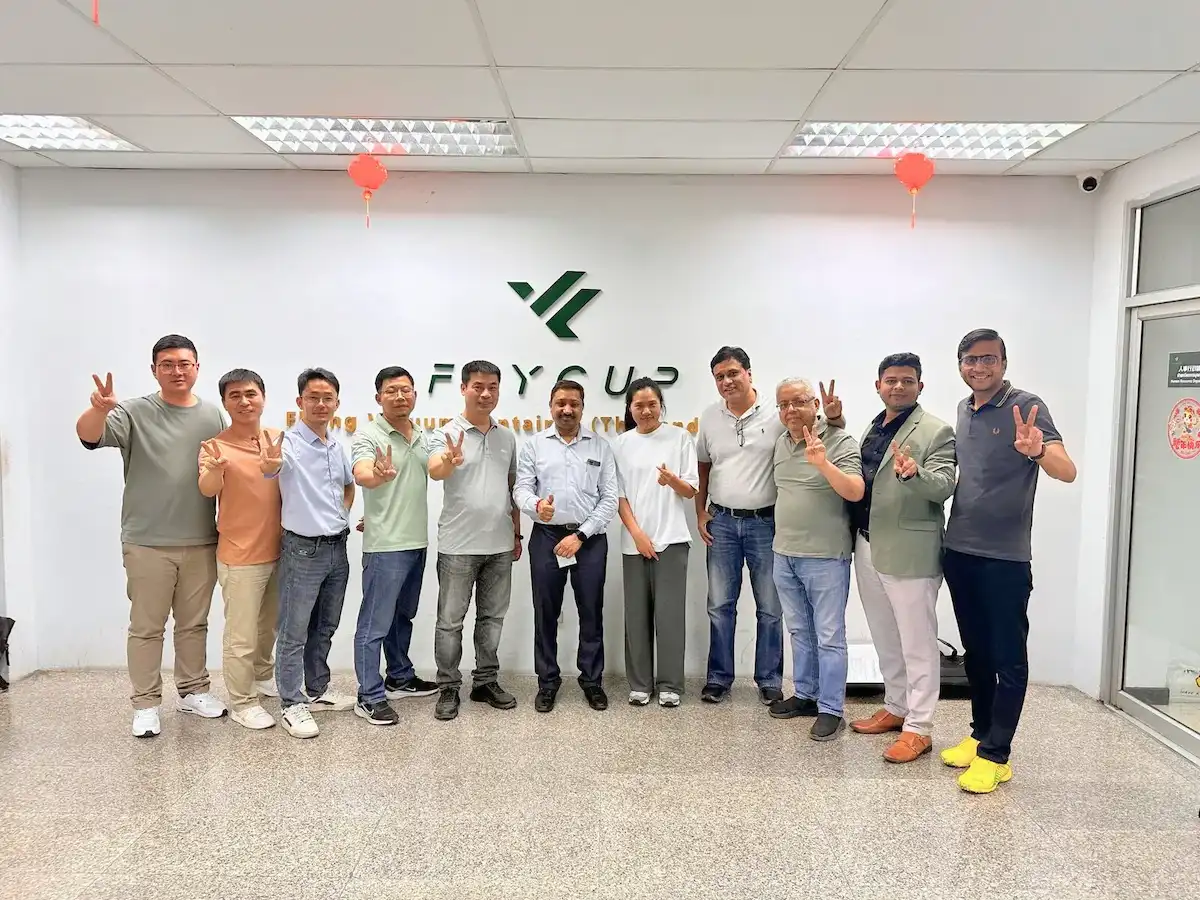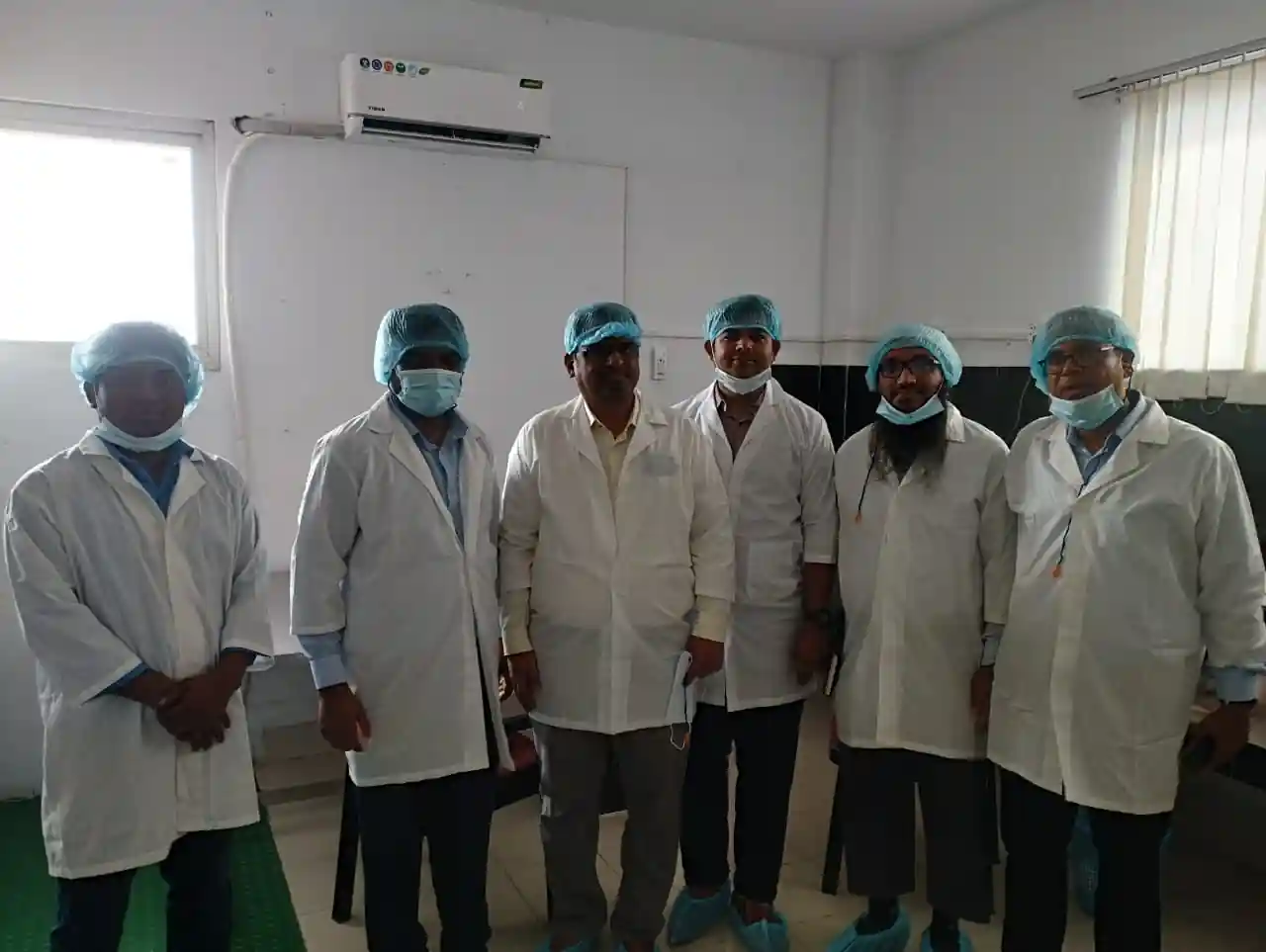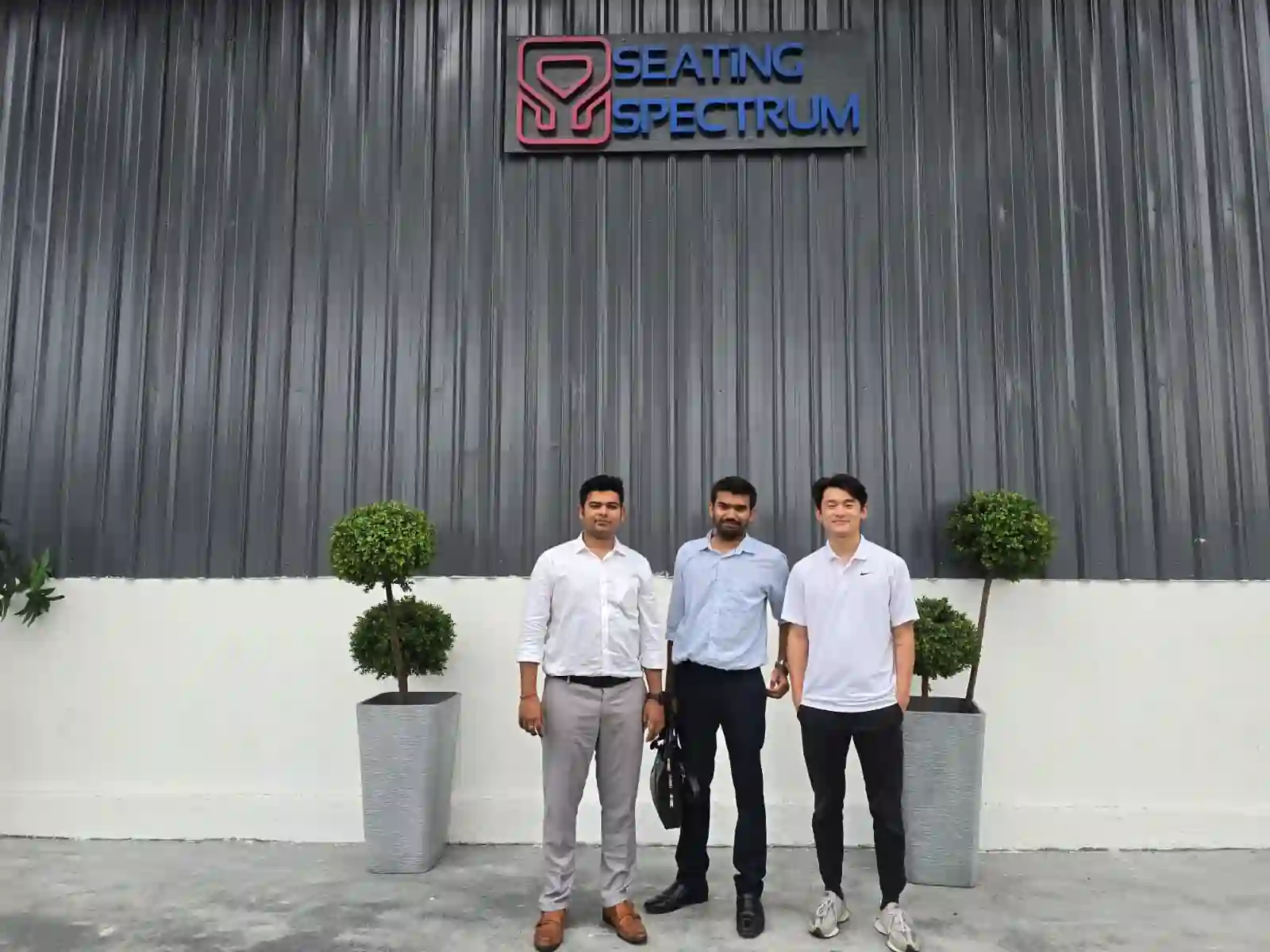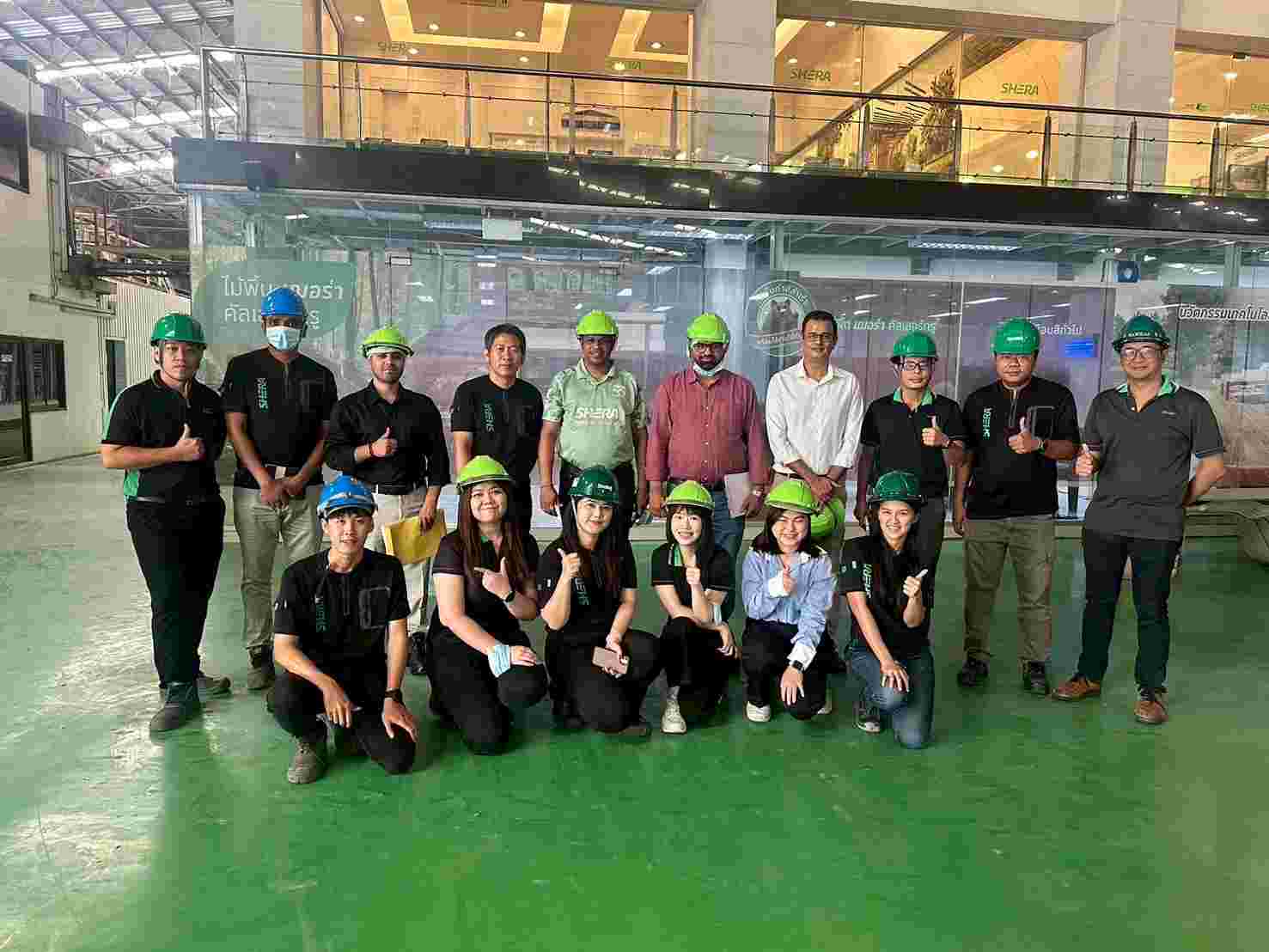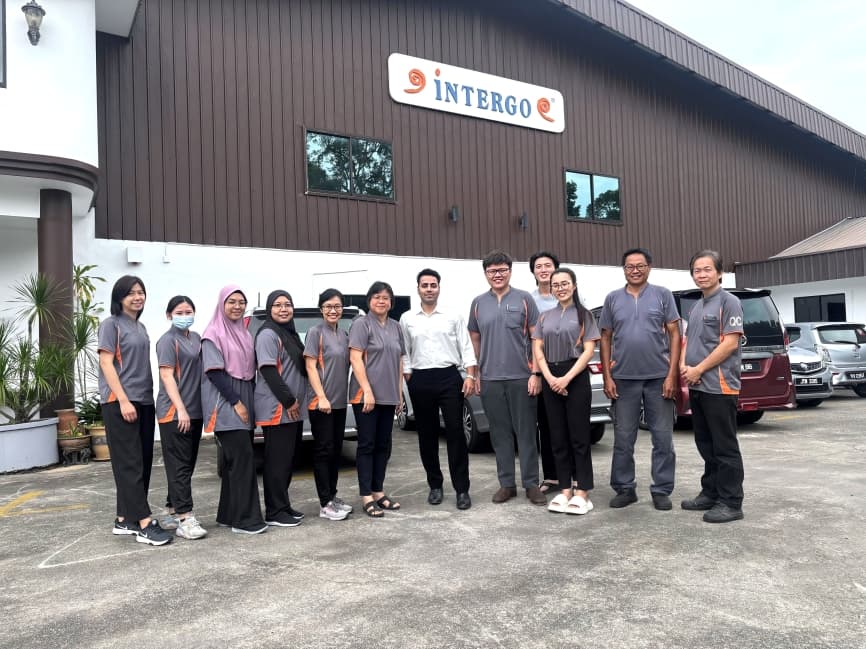Get A Quote
BIS Certification for Resin Treated Compressed Wood Laminates– For Chemical Purposes IS 3513 (Part 2): 1989

Resin-treated compressed wood laminates for chemical purposes are robust and versatile materials designed to withstand harsh chemical environments. Manufactured by compressing resin-impregnated wood veneers, these laminates exhibit excellent resistance to chemical corrosion, mechanical wear, and thermal fluctuations.
Their non-porous surface and high tensile strength make them ideal for applications in chemical processing plants, storage tanks, and laboratory equipment. These laminates are valued for their durability, dimensional stability, and ability to perform reliably in demanding chemical settings.
Introduction
To maintain
consistent quality and safety, the Ministry
of Commerce and Industry (Department for Promotion of Industry and Internal
Trade) has mandated BIS certification (ISI Mark) for resin-treated
compressed wood laminates used for chemical purposes under the Resin Treated Compressed Wood Laminates
(Quality Control) Order, 2023. Certification under IS 3513 (Part 2): 1989 ensures that these laminates meet stringent
standards for chemical resistance, mechanical integrity, and thermal
durability. Manufacturers must adhere to these regulations to market their
products in India. The BIS certification not only safeguards end-users by
guaranteeing product reliability but also promotes accountability within the
industry. Non-compliance with this mandate attracts penalties under the Bureau of Indian Standards Act, 2016,
underscoring the importance of certification for legal and market credibility.
Why is BIS Certification
Necessary for Resin Treated Compressed Wood Laminates – For Chemical Purposes?
BIS certification for resin-treated compressed wood laminates designed for chemical purposes is essential to ensure their suitability for use in environments exposed to corrosive agents. These laminates are often employed in chemical industries where reliability and durability are paramount to prevent equipment failure and contamination risks. Certification under IS 3513 (Part 2): 1989 validates the material's compliance with standards for chemical resistance, thermal stability, and structural integrity. The Resin Treated Compressed Wood Laminates (Quality Control) Order, 2023 mandates this certification to eliminate the circulation of substandard products in the market, protecting both the industry and consumers. Violations of this mandate can lead to penalties under the Bureau of Indian Standards Act, 2016, emphasizing its critical role in ensuring product safety and compliance.
BIS Quality Control Order for Resin treated compressed wood laminates (compregs) – For chemical purposes
Overview of Indian
Standard IS 3513 (Part 2): 1989
IS 3513 (Part 2): 1989 specifies the
requirements, performance criteria, and testing methods for resin-treated
compressed wood laminates used in chemical environments. It focuses on
evaluating the laminates' resistance to chemical corrosion, moisture
absorption, and thermal degradation. The standard includes guidelines for raw
material selection, resin quality, and manufacturing processes to ensure the
laminates meet desired durability and performance benchmarks. It also defines
permissible tolerances for dimensions and physical properties. Compliance with IS 3513 (Part 2): 1989 is mandatory
under the Resin Treated Compressed Wood
Laminates (Quality Control) Order, 2023, ensuring that these laminates meet
the high standards required for use in chemically intensive applications.
Process for BIS Certification
The BIS
certification process for Resin Treated Compressed Wood Laminates – For
Chemical Purposes involves multiple steps, designed to thoroughly evaluate a
product's compliance with the required standards. Here is a general overview of
the certification process:
1. Application Submission: Manufacturers
must submit an application form along with required documentation to BIS.
2. Documentation Review: BIS reviews the
submitted documents to ensure completeness and correctness.
3. Factory Inspection: BIS officials
conduct an on-site inspection of the manufacturing facility to assess the
production process and quality control measures.
4. Sample Testing: Product samples are
taken and tested in BIS-approved laboratories to verify compliance with Indian
standards.
5. Certification Grant: Upon successful
completion of the inspection and testing, BIS grants certification, allowing
the manufacturer to use the BIS mark on their products.
Documents
Required for BIS Certification
To apply for BIS
certification, manufacturers need to submit the following documents:
● Application form
● Manufacturing process details
● Quality control plan
● Test reports from BIS-approved
laboratories
● Factory layout and equipment
details
● Proof of business registration
● Product specifications and
technical details
● Declaration of conformity to
Indian standards
Additionally, manufacturers may be required to provide proof of compliance with environmental and safety regulations, depending on the specific type of product being certified.
BIS ISI Mark Certification Costing And Timeline
To Know The Process in Detail, Please Visit:
- BIS ISI Mark Certification for Domestic Manufactures
- BIS ISI Mark Certification for Foreign Manufactures
Under BIS Registration Products ISI and CRS
Conclusion
BIS certification
for Resin Treated Compressed Wood Laminates – For Chemical Purposes is
essential to ensure adherence to quality and safety standards as per IS 3513
(Part 2) : 1989. By complying with the mentioned Quality control order,
certified products provide reliable performance, enhance consumer safety, and
reinforce the credibility of manufacturers in the Indian market.
Navigating the BIS certification
process can be challenging, especially for small and medium-sized enterprises.
EVTL India is a leading consultancy firm dedicated to assisting manufacturers
in obtaining BIS certification (ISI Mark) efficiently. With expertise in
managing BIS portal submissions, documentation, and regulatory fees, EVTL India
ensures a smooth and successful certification process. By choosing EVTL India,
manufacturers can enhance their product's marketability both in India and
internationally, securing a competitive edge. Additionally, EVTL India provides
ongoing support post-certification, helping manufacturers maintain compliance
with BIS standards and renew their licenses as needed.
Free Call Back
Latest News & Update
📅 BIS Critical Component List (CCL) Updates for Solar PV Modules
🕒 BIS Fee Concessions for MSMEs and Startups | EVTL India
📅 Guidelines for Implementation of Essential Requirements for Security of CCTV
🕒 Omnibus Technical Regulation (OTR) Amendment Order, 2025
🕒 Extension of Timeline for Filing Annual Returns by Battery Producers
📅 Extension of Timeline for Filing Quarterly and Annual Returns for E-Waste
🕒 Extension of Concurrent Running Period for IS 302-1: 2008 and IS 302 (Part 1): 2024
🕒 BIS Guidelines for Grant of Licence (GoL) | EVTL India
📅 CPCB Guidance on filing of Application, Fees and more
🕒 CPCB Notification on Labelling of Plastic Packaging
📅 Mandatory Compliance for Input Materials of Steel and Steel Products for Imports
🕒 BIS Guidelines for Scheme-X Certification for OTR-Regulated Products
📅 BIS Upgrades Product Certification License Numbers to 10-Digit Series
🕒 BIS Certification No Longer Mandatory for 14 Chemical & Polymer Categories
Why Choose EVTL INDIA
Expertise in Indian Regulatory Standards
End-to-End Support
Trusted by Top Indian & Global Brands
Fast Processing & Transparent Pricing
Strong Liaison with Indian Authorities
Company Profile